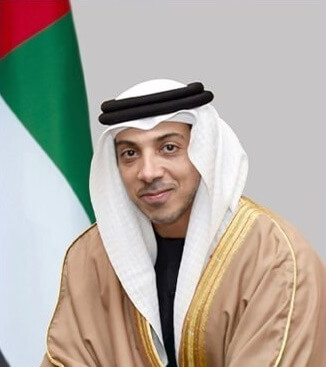Glimpses of Warsaw Past Resurface as Old Streets Unearthed
In the heart of Warsaw, a prominent construction endeavor has revealed a window into the city’s history, as excavations for a new Central Square unveiled the buried remnants of long-forgotten streets.
Scheduled for completion next year, the Central Square project seeks to create a vibrant green oasis amidst the urban landscape while echoing the dynamism of contemporary Warsaw. Yet, amidst these modern aspirations, echoes of the past have emerged.
Dominating the square’s skyline stands the Palace of Culture, an emblematic Socialist Realist skyscraper bestowed upon the city in the 1950s by a Soviet leader. Rising above the vestiges of post-World War Two Warsaw, it shares space with Parade Square, a vestige of communist-era urban planning that is now being reimagined as the new Central Square, as reported by Reuters.
Mikolaj Pienkos, a spokesperson for the local authority, shared insights on the transformative excavation: “Standing on this ground before World War Two, one would have witnessed a panorama of tenement blocks. Yet, these structures have vanished almost entirely, save for their vestiges now unearthed.”
The Central Square is designed to echo the layout of historical streets that once intersected the area until the 1950s, according to the city council’s plans.
The builders’ meticulous efforts have revealed the foundations of former structures that once lined Zlota Street. Within the depths of the ground, paving stones and tram tracks from eras past are now visible, lying about 1.5 meters below the surface.
Among the intriguing finds lies a conundrum for developers—a stone platform that served as a vantage point for communist dignitaries to observe military parades, including the pivotal May 1 Labour Day procession, a cornerstone of the socialist calendar.
Through the course of constructing the square, previously hidden chambers have come to light beneath the platform. These spaces were once utilized by senior communist officials and later transformed into a nightclub during the post-communist 1990s.
Mikolaj Pienkos elaborated on the historical significance of these subterranean rooms, explaining their function as spaces for dignitaries to unwind after speeches: “As construction progresses, we seize a fleeting opportunity to explore this subterranean realm, possibly for the final time. The future of this space remains uncertain, prompting discussions with preservation authorities to strike a balance between our aspirations for the square’s design and the reverence owed to Warsaw’s storied past.















